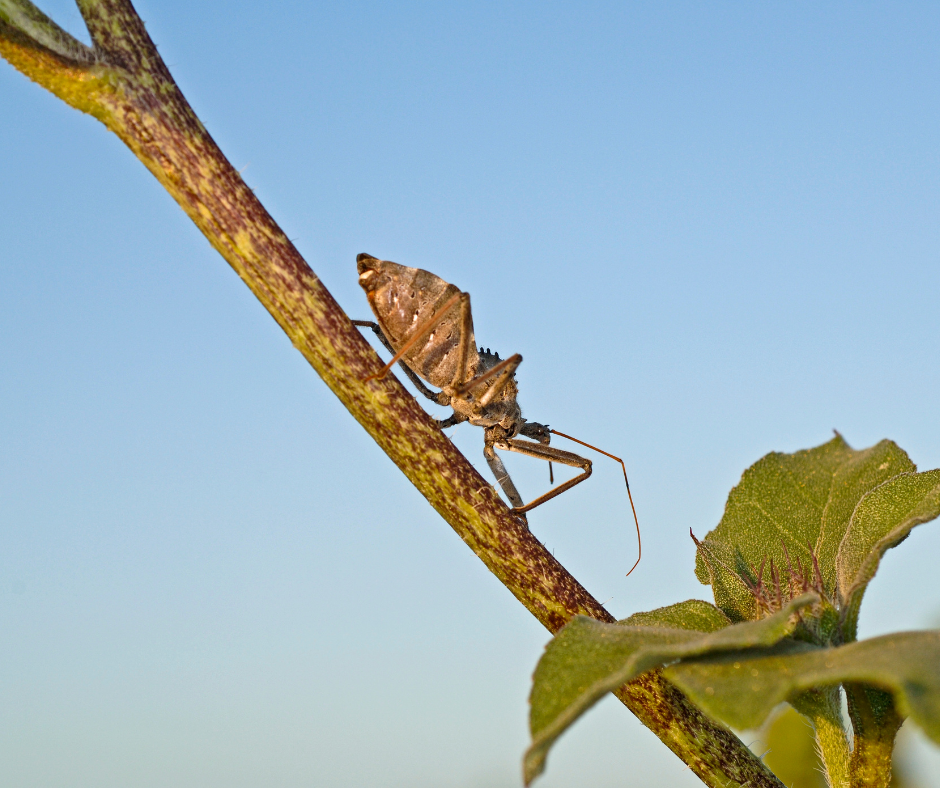Integrated Pest Management
go.ncsu.edu/readext?870030
en Español / em Português
El inglés es el idioma de control de esta página. En la medida en que haya algún conflicto entre la traducción al inglés y la traducción, el inglés prevalece.
Al hacer clic en el enlace de traducción se activa un servicio de traducción gratuito para convertir la página al español. Al igual que con cualquier traducción por Internet, la conversión no es sensible al contexto y puede que no traduzca el texto en su significado original. NC State Extension no garantiza la exactitud del texto traducido. Por favor, tenga en cuenta que algunas aplicaciones y/o servicios pueden no funcionar como se espera cuando se traducen.
Português
Inglês é o idioma de controle desta página. Na medida que haja algum conflito entre o texto original em Inglês e a tradução, o Inglês prevalece.
Ao clicar no link de tradução, um serviço gratuito de tradução será ativado para converter a página para o Português. Como em qualquer tradução pela internet, a conversão não é sensivel ao contexto e pode não ocorrer a tradução para o significado orginal. O serviço de Extensão da Carolina do Norte (NC State Extension) não garante a exatidão do texto traduzido. Por favor, observe que algumas funções ou serviços podem não funcionar como esperado após a tradução.
English
English is the controlling language of this page. To the extent there is any conflict between the English text and the translation, English controls.
Clicking on the translation link activates a free translation service to convert the page to Spanish. As with any Internet translation, the conversion is not context-sensitive and may not translate the text to its original meaning. NC State Extension does not guarantee the accuracy of the translated text. Please note that some applications and/or services may not function as expected when translated.
Collapse ▲Integrated Pest Management, or IPM, is a well-rounded management approach to pest control. Damage to plants by pests is minimized by prevention and control techniques that get at the root causes of the problem. Prevention is achieved through good cultural practices, choosing pest-resistant plant varieties, encouraging beneficial insects, and close monitoring of pest population levels. Once a pest problem has developed, control may be achieved through physical removal of the pests, biological controls, use of a pesticide, or other means. Often, control is as simple as pruning out an infested branch.
 Insects are beneficial for many reasons, including their role in pollination. Often, the term beneficial insect refers to those that help control insect pests by serving as predators or parasites. By sustaining a population of beneficial insects, you achieve a natural pest maintenance program in your garden. Tiny parasitic wasps are aggressive beyond their size when it comes to pursuing aphids and caterpillars. Lacewing larvae and ladybug larvae and adults make inroads into aphid populations. Spiders are also an asset in the control of garden pests. Other biological controls include certain insect growth regulators (hormones), sexual attractants (pheromones), and bacteria that produce toxins lethal to certain insects.
Insects are beneficial for many reasons, including their role in pollination. Often, the term beneficial insect refers to those that help control insect pests by serving as predators or parasites. By sustaining a population of beneficial insects, you achieve a natural pest maintenance program in your garden. Tiny parasitic wasps are aggressive beyond their size when it comes to pursuing aphids and caterpillars. Lacewing larvae and ladybug larvae and adults make inroads into aphid populations. Spiders are also an asset in the control of garden pests. Other biological controls include certain insect growth regulators (hormones), sexual attractants (pheromones), and bacteria that produce toxins lethal to certain insects.
To learn more about Integrated Pest Management in North Carolina check out the Extension Gardener Handbook and North Carolina. This will bring you to the newly updated and revised publication that is used in training Extension Master Gardener Volunteers. Chapter 8 covers Integrated Pest Management and the handbook which can be downloaded for free is an excellent resource related to edible and ornamental gardening in North Carolina.




